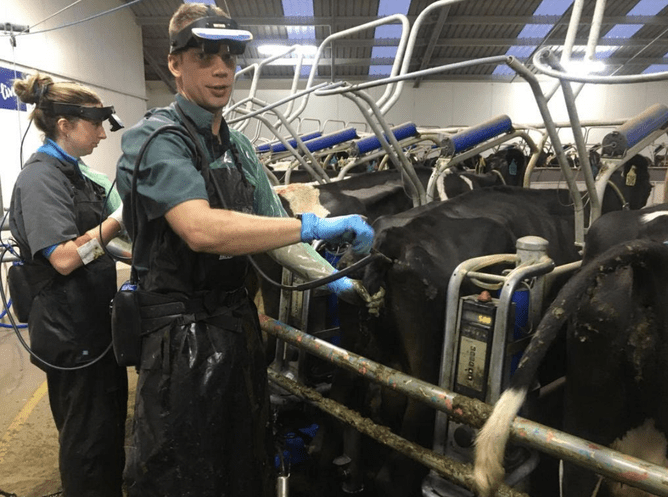The first scan of the herds was completed last week for all herds and at a farm level 6 weeks in-calf rate has lifted again on last year's results, sitting at 73.8%. All the hard work and dedication from the farm team has paid off.
Key decisions this week:
Feed:
• Managing pasture quality and allocation continues to be a priority as we struggle to hold milk production across all farmlets.
• Both kale farmlets and the LIFB farmlet have paddocks that are long days post graze and losing quality. The decision was made to harvest these to get the herds into paddocks further down the wedge with shorter return times and higher quality
• To meet demand with baleage paddocks removed the Std Kale herd will require 3 kg/cow/day inshed feed, both LI herds 2 kg/cow/day and the Std FB herd will receive 2 kg inshed feeding plus 2 bales of baleage per day.
• We think pasture quality is the main driver behind the drop in milk production for all herds this week as the residuals don’t suggest there has been a shortage of dry matter. There is a significant amount of clover across the farm, which will help maintain quality but tends not to contribute as much total dry matter.
• Additional pasture samples will be collected this week to give a greater understanding of the quality of the feed on offer. There is potentially more ADF and NDF (fibre) and less crude protein in the pastures at present. Fibre affects the intake potential of the feed and protein the milk production.
• We have noticed a drop in litres across all herds this week but some of this has been compensated for by an increase in fat and protein composition.
• As seen in Table 1, the two FB herds average production is approximately 0.2 kg MS/cow/day lower than the kale herds and has been more variable. The surprising result was the significant drop in production from the kale herds.
• Low BCS cows in all herds are on OAD milking, however, the Std FB herd still have the highest % of OAD cows with 13% of the herd.
• There are differences between the kale and fodder beet herds in the protein to fat ratio with kale herds fluctuating between 0.79 and 0.83 while the fodder beet herds are between 0.76 and 0.79. Two factors are driving these differences 1. the kale milk is generally higher in protein than the FB milk while the FB cows are producing milk with higher fat. These differences suggest differences in the quality of the feed on offer with the lower protein in the FB herds suggesting a shortage of energy in the diet with a higher fibre diet driving up milk fat%.
• Herbage samples in the last month have returned lower crude protein but they are still in the range that should be sufficient to maintain the current level of milk production
Animals
• The first scan of the herds was completed last week for all herds and at a farm level 6 week in calf rate has lifted again on last year's results, sitting at 73.8%.
• The Std FB herd has had the biggest increase from 68% last season to 74.9% this season, however, the collar data suggests there could possibly be a few phantom pregnancies in this herd. The data will be interrogated over the coming weeks to see if this is a possibility.
• The re-scan has been booked for the 3rd of March, to confirm the late pregnancies and check any animals the activity data suggests a different pregnancy status from the initial scan.
• Scanning was also completed on the R2’s at the graziers this week with the results coming back as 81% 6-week in calf rate. As seen in table 3 below, the LI FB herd replacements (Yellows) have the highest number of rechecks.
• Rechecks have been booked for the 10th of February for these heifers.
• To clarify after some feedback from our notes last week, the calves that went to the graziers last week had an average live weight of 150kg and the 85 calves that remain at the support block averaged 132kg on the 11th of January
Research
• Results of blood samples collected from all herds early in January have come back and are summarised in Table 4
• On average the serum calcium, magnesium and phosphorus concentrations for the fodder beet herds were lower than the kale herds (Table 4) but all were in the normal range.
• All cows sampled in the kale herds had values above the minimum reference range
• The Std FB herd had 8% of animals with Mg below the reference range and 13% below the reference range for phosphorus
• The LIFB herd had 5% of animals sampled with Mg & P below the relevant reference ranges
• In contrast the blood urea concentrations were higher in the fodder beet herds and reflect the higher crude protein content of the pastures being grazed at the same time.
Click the link below to download our full weekly notes


